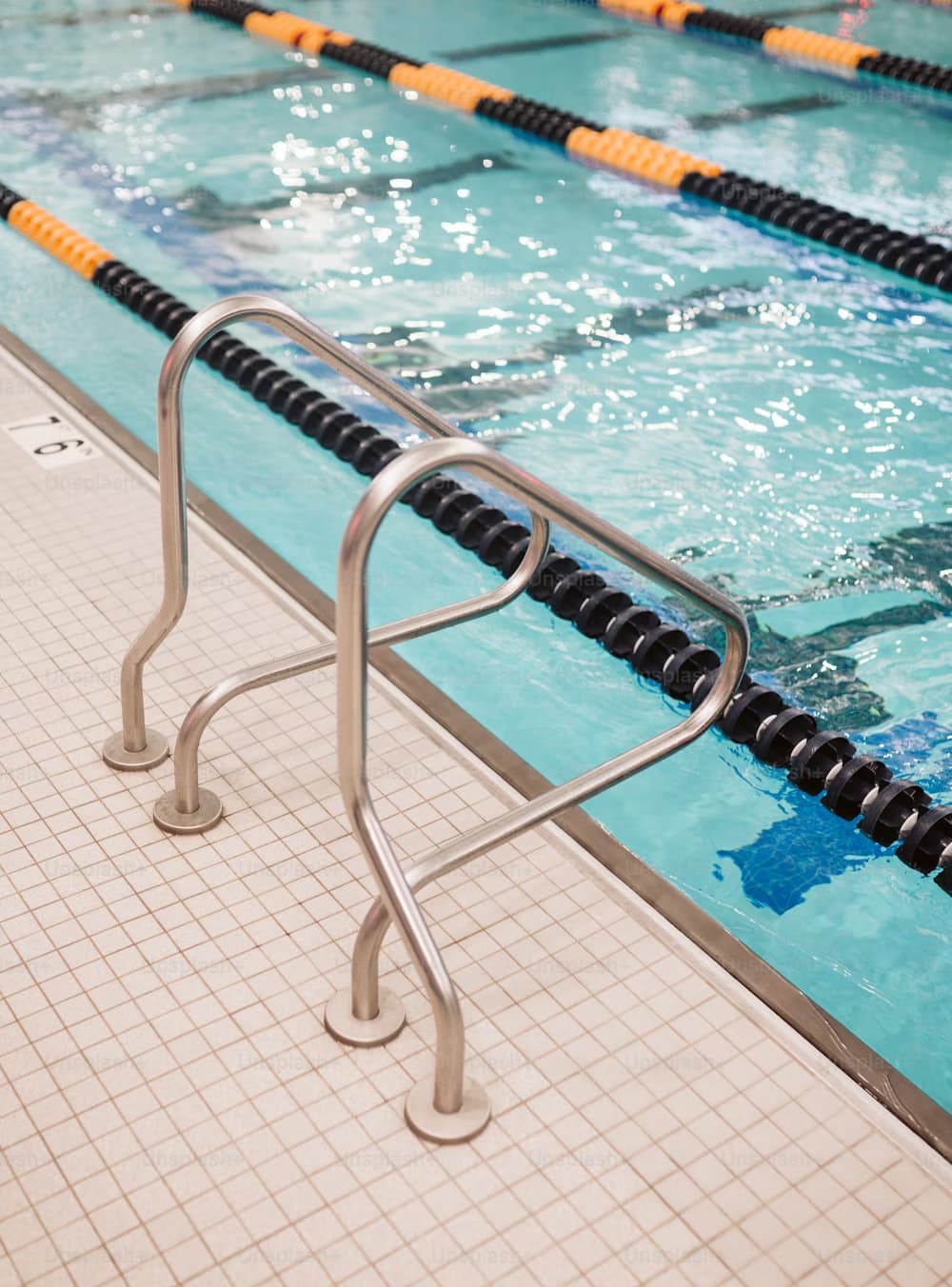Uses of Chlorine & Chlorate(I) (Oxford AQA International A Level (IAL) Chemistry): Revision Note
Exam code: 9622
Reactions of Chlorine
A disproportionation reaction is a reaction in which the same species is both oxidised and reduced
Examples of these reactions are:
The reaction of chlorine with water
The reaction of chlorine with cold, dilute alkali
In both cases, the chlorine gets oxidised and reduced at the same time
Reaction with water
When chlorine reacts with water, chloric(I) acid, and hydrochloric acid are formed

This is a redox reaction because:
The oxidation state of one chlorine atom increases from 0 to +1
The oxidation state of the other decreases from 0 to -1
Due to the same element being oxidised and reduced, it is a disproportionation reaction
Reaction with cold alkali (15 oC)
When chlorine reacts with cold, dilute sodium hydroxide, sodium chlorate(I) is formed
Cl2 (aq) + 2NaOH (aq) → NaCl (aq) + NaClO (aq) + H2O (l)
The ionic equation is:
Cl2 (aq) + 2OH– (aq) → Cl– (aq) + ClO– (aq) + H2O (l)
Chlorine gets oxidised
There is an increase in oxidation state from 0 in Cl2 (aq) to +1 in ClO– (aq)
The half-equation for the oxidation reaction is:
½Cl2 (aq) + 2OH– (aq) → ClO– (aq) + H2O (l) + e–
Chlorine gets reduced
There is a decrease in oxidation state from 0 in Cl2 (aq) to –1 in Cl– (aq)
The half-equation for the reduction reaction is:
½Cl2 (aq) + e– → Cl– (aq)
Again, this shows the reaction is disproportionation
Water Treatment
We can clean water and make it safe to drink by adding either chlorine or chlorate(I)
Adding chlorine
When chlorine reacts with water, chloric(I) acid, and hydrochloric acid are formed
Chloric(I) acid, HClO, sterilises water by killing bacteria
In shallow swimming pools, chlorine is rapidly lost from the water due to its exposure to sunlight
In sunlight, the following reaction occurs:
2Cl2 (g) + 2H2O (l) → 4HCl (aq) + O2 (g)
The chlorine has to be topped up on a regular basis increasing costs
Adding sodium chlorate(I)
An alternative to directly adding chlorine to water is to add chlorate ions, ClO- in the form of sodium or calcium chlorate(I)
The reaction is:
NaClO (aq) + H2O (l) → Na+ (aq) + OH- (aq) + HClO- (aq)
ClO- (aq) acts as a sterilising agent cleaning the water
Issues with chlorine
When deciding whether to add a chemical to water supplies, the advantages and disadvantages are assessed
Chlorine is a toxic substance so the levels of chlorine in water and swimming pools have to be carefully monitored
There needs to be enough chlorine present to kill bacteria and sterilise the water without causing any harm to us
Generally, the benefits to our health of adding chlorine to water outweigh its toxic effects and possible risks from the formation of chlorinated hydrocarbons

Photo by Jason Hawke on Unsplash (opens in a new tab)
Examiner Tips and Tricks
Make sure you can determine the oxidation state of the substances in each equation.

Unlock more, it's free!
Did this page help you?